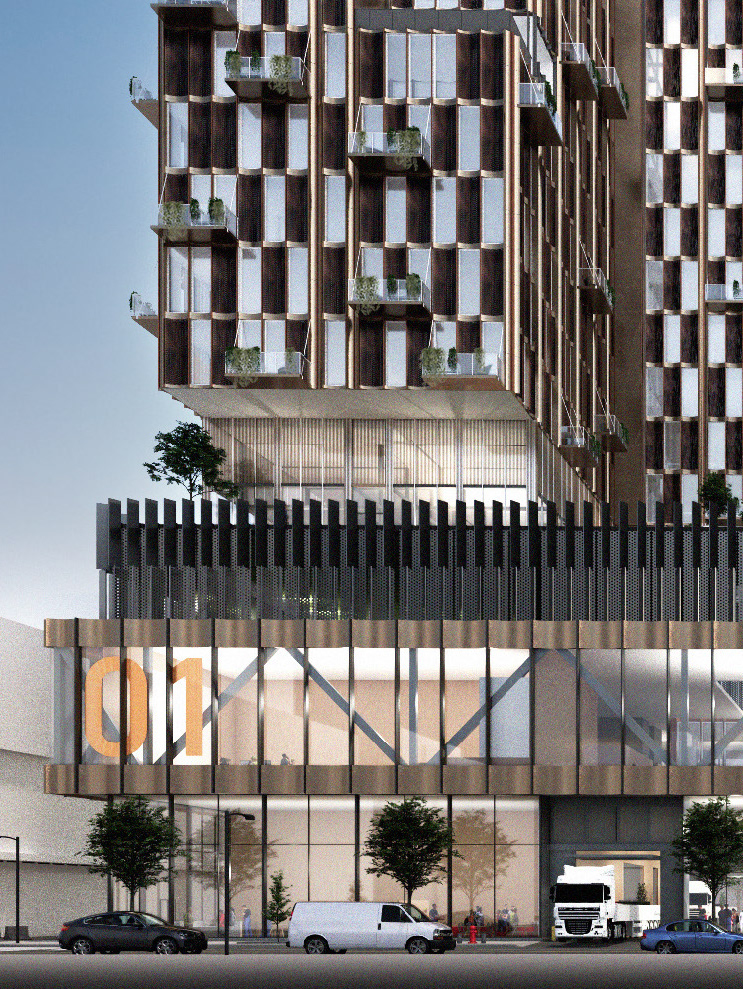2019
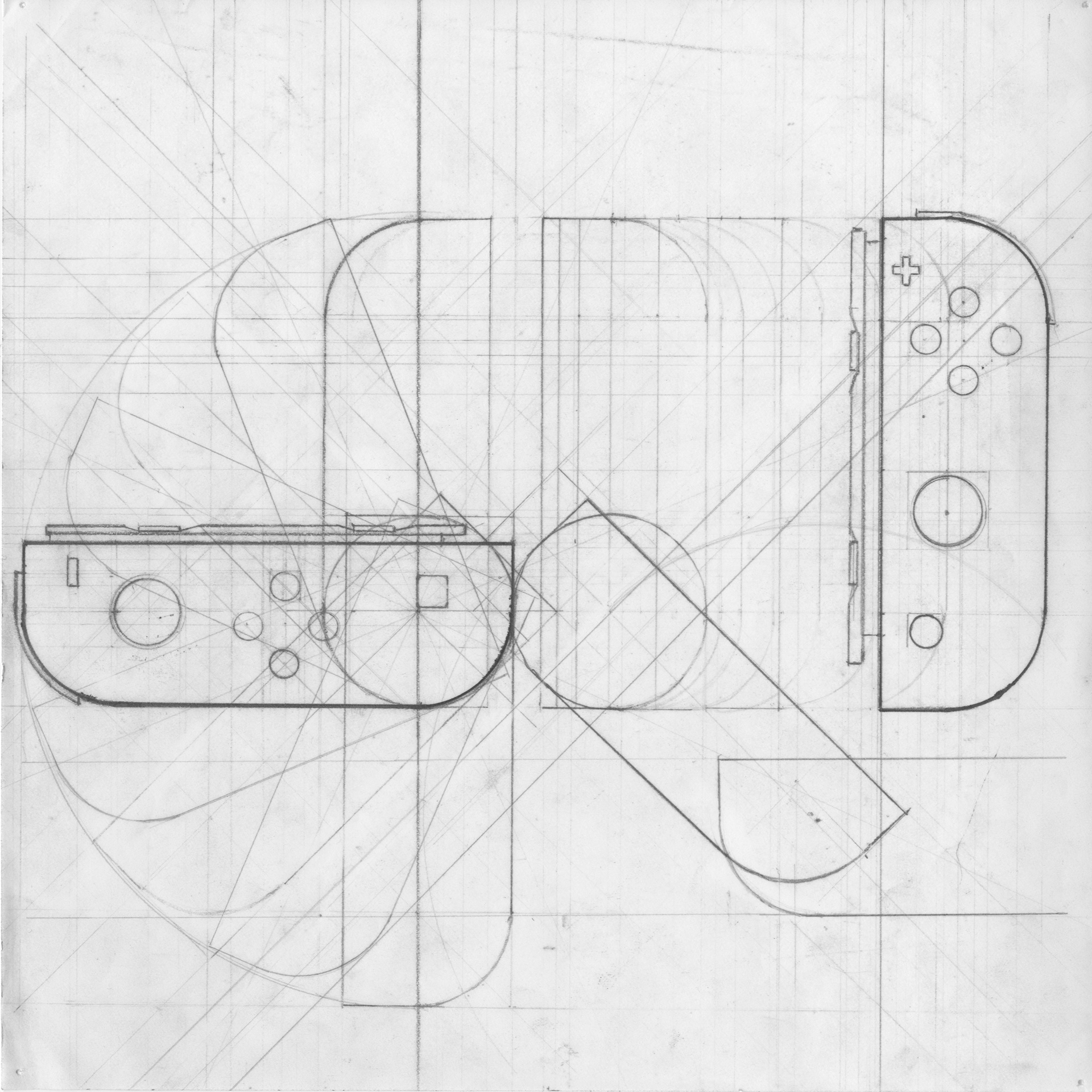
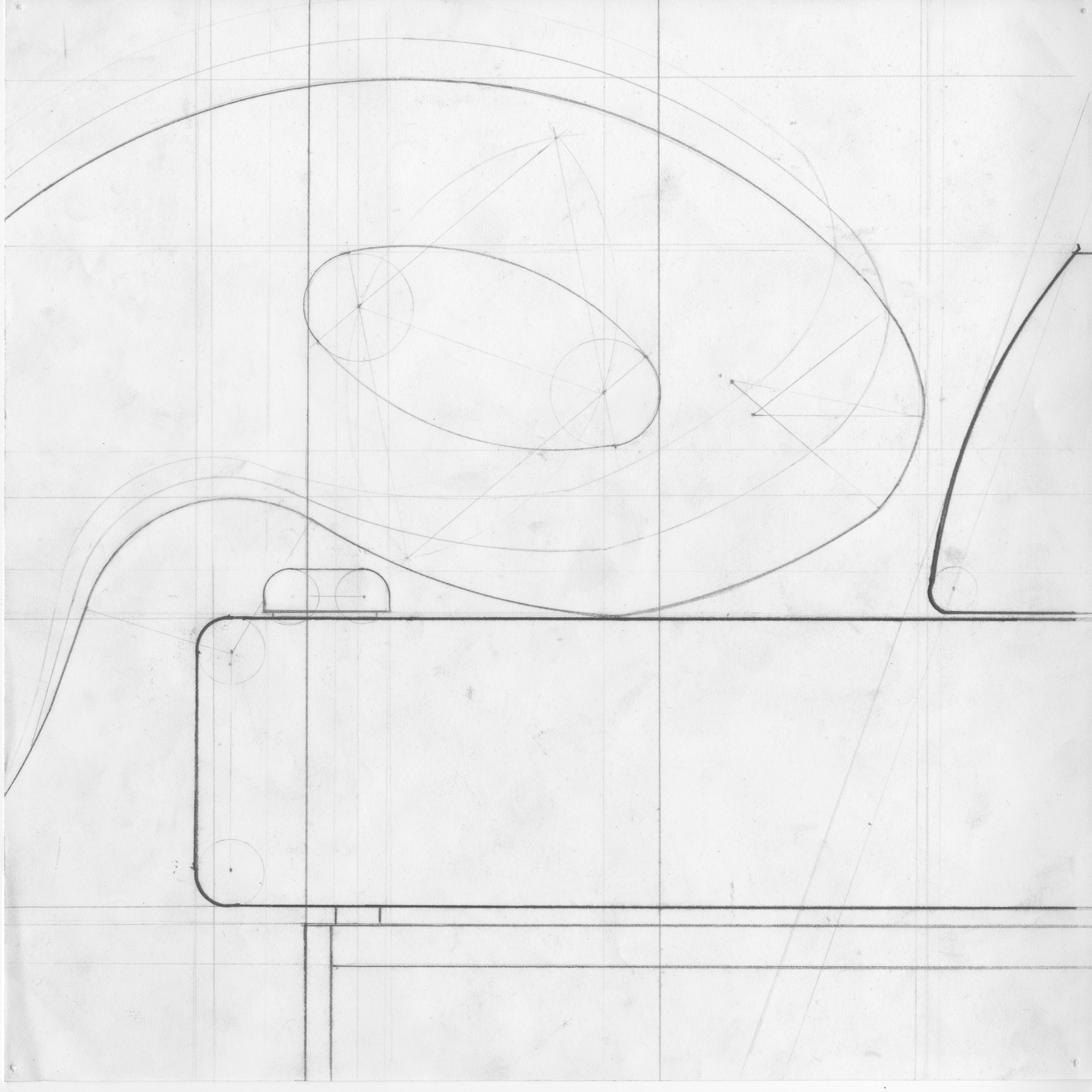








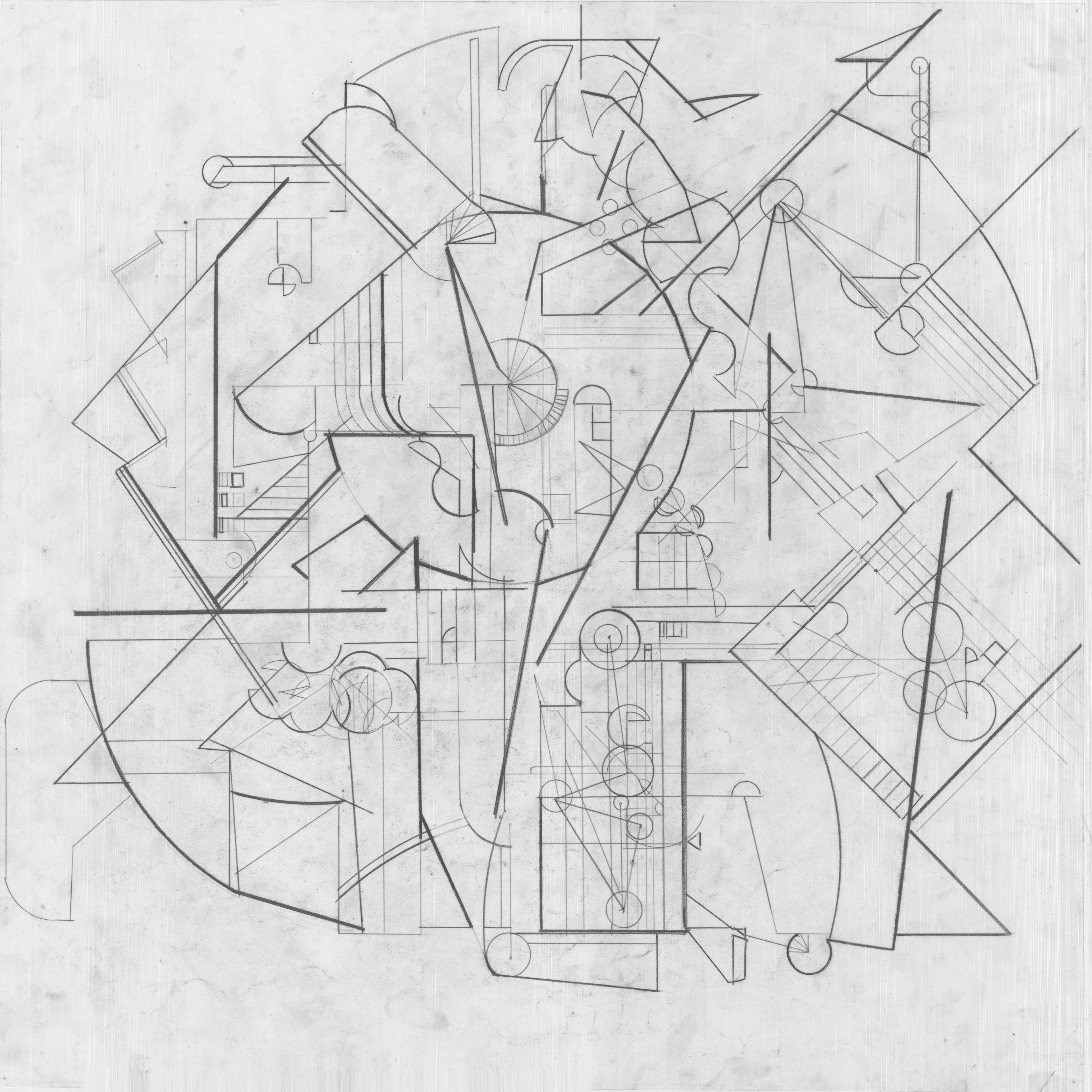
With the thinking of constructing a composition, a combination drawing was created by overlapping and combining of the nine drawings. Then through tracing over the combination drawing with different line weights to create a figurative drawing, a drawing that appears like a section or plan of a building.



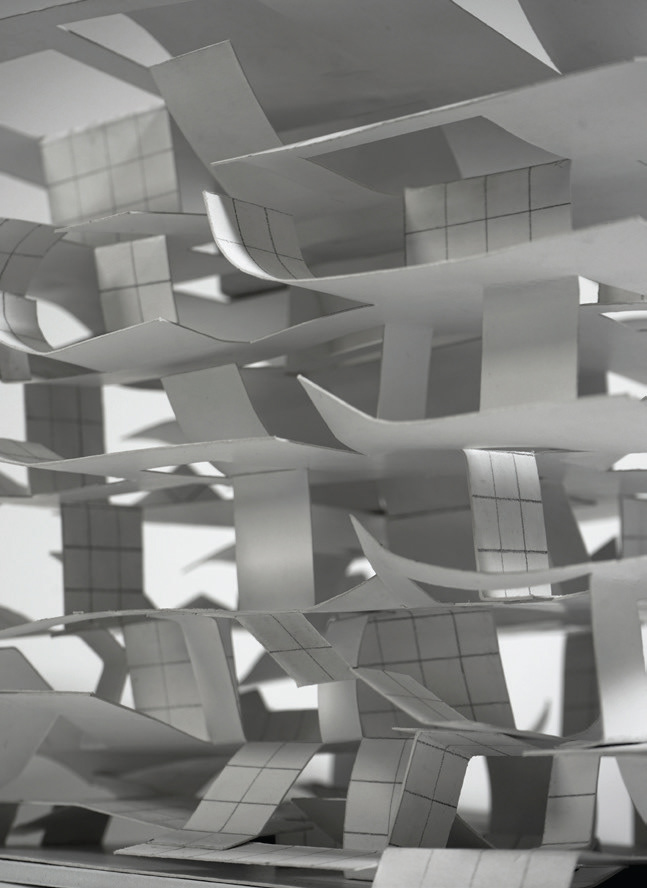
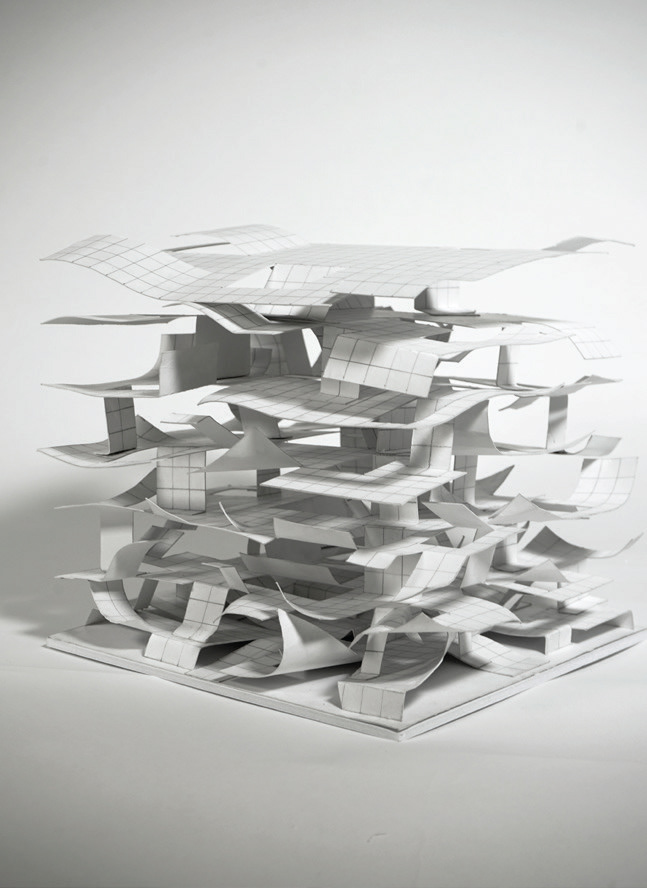

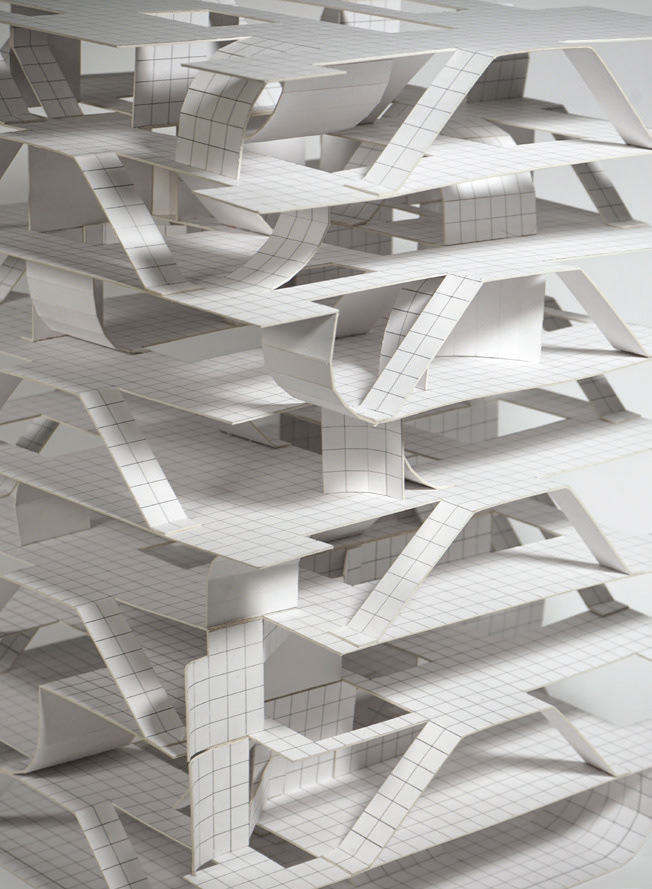
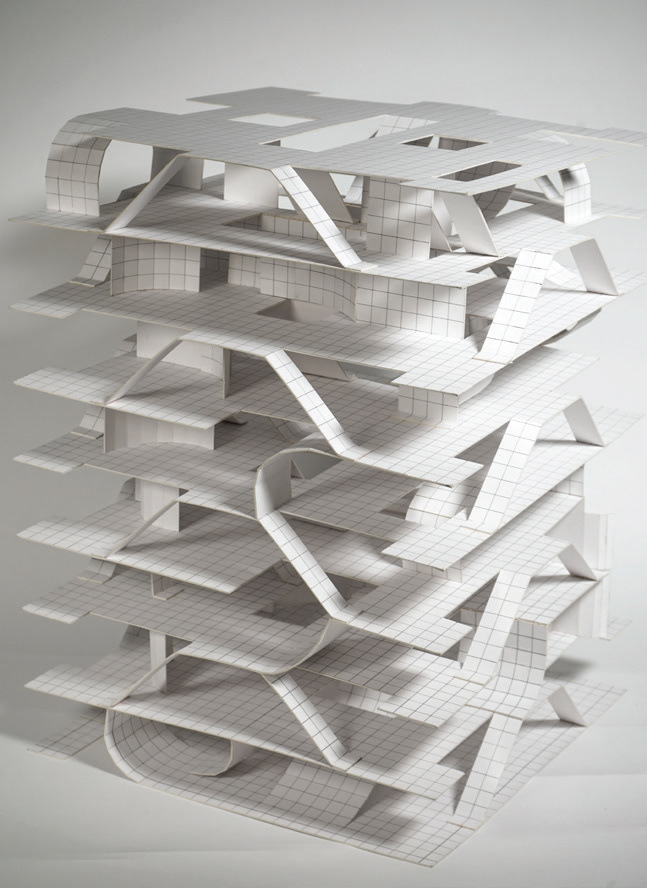
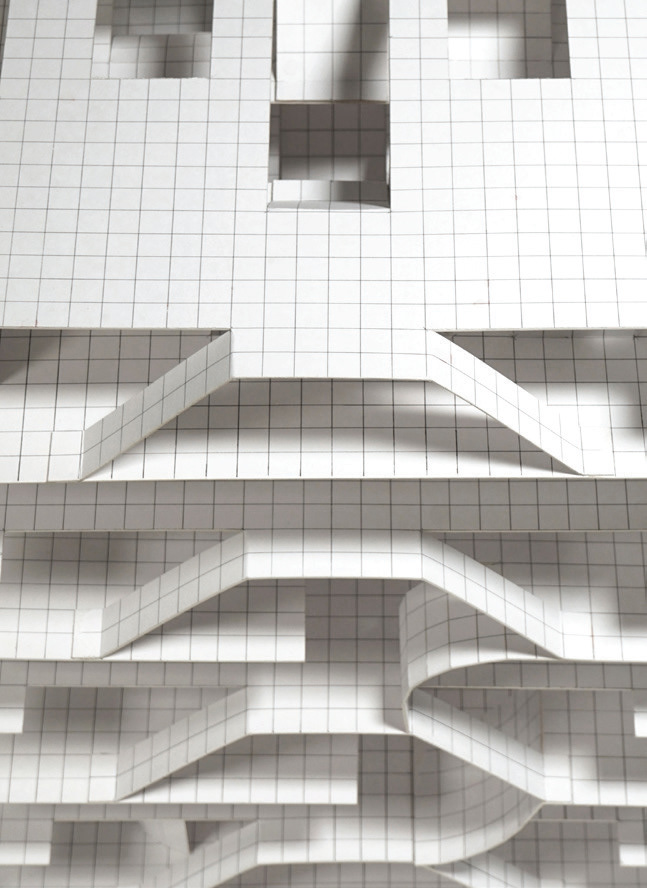
The study results in an architecture prototype that free from gravitational constraints. People can circulate through the architecture from six directions, and each circulation forms space or ramp when being angled with another.
Through the two methods of folding and rolling, two horizontal and vertical channels are generated, and finally each channel is rotated and copied to all four sides. While forming eight-direction passages, the passage in one direction would become a wall in another orthogonal direction.












